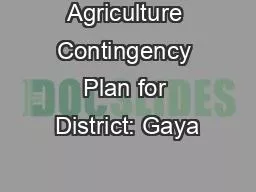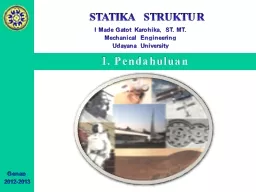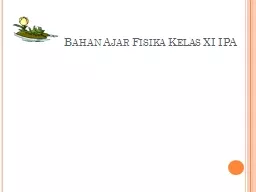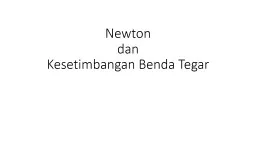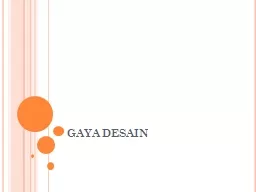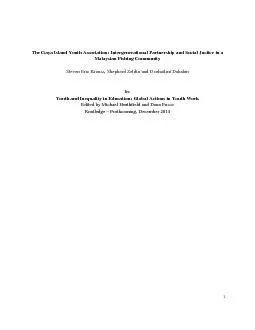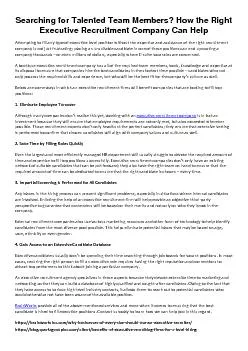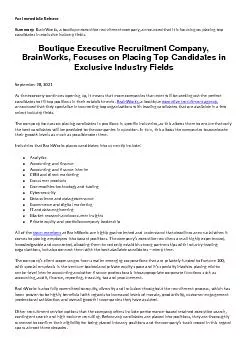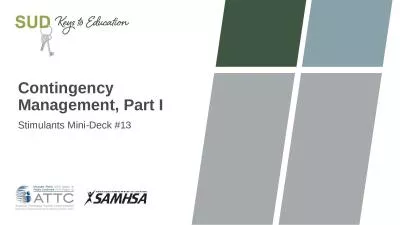PDF-Agriculture Contingency Plan for District: Gaya
Author : contera | Published Date : 2020-11-19
1 State BIHAR 10 District Agriculture profile 11 Agro ClimaticEcological Zone Agro Ecological Sub Region ICAR Northern Plain Hot Subhumib Dry Eco Region 92 Agro Climatic
Presentation Embed Code
Download Presentation
Download Presentation The PPT/PDF document "Agriculture Contingency Plan for Distric..." is the property of its rightful owner. Permission is granted to download and print the materials on this website for personal, non-commercial use only, and to display it on your personal computer provided you do not modify the materials and that you retain all copyright notices contained in the materials. By downloading content from our website, you accept the terms of this agreement.
Agriculture Contingency Plan for District: Gaya: Transcript
Download Rules Of Document
"Agriculture Contingency Plan for District: Gaya"The content belongs to its owner. You may download and print it for personal use, without modification, and keep all copyright notices. By downloading, you agree to these terms.
Related Documents

